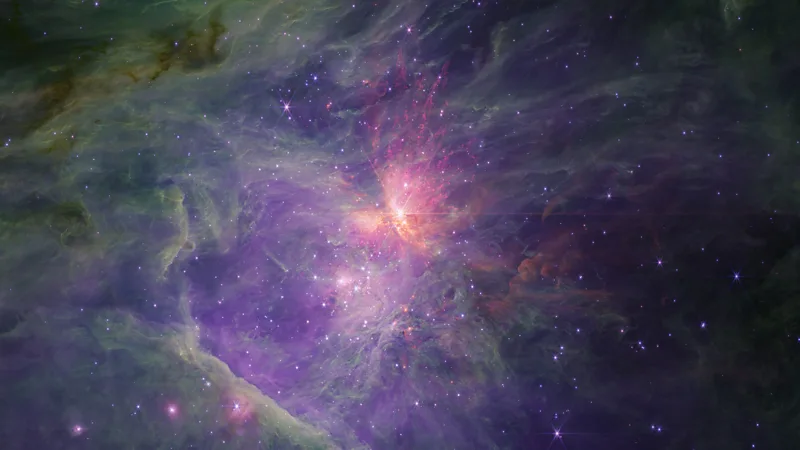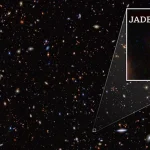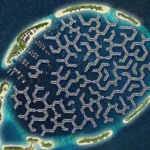We believed we had a general understanding of how stars and planets develop. Findings of multiple pairs of newborn planets in a nearby nebula, however, could change that.
These are realms that just can’t be explained. What appear to be dozens of Jupiter-sized planets that defy the accepted theory of how planetary systems originate are spotted drifting across the Orion Nebula, an immense cloud of gas and dust in our galaxy that is very close by. These planets are drifting through space in pairs, not attached to a star like Earth is in our own solar system. With the aid of the James Webb Space Telescope (JWST), astronomers were able to detect them, and their finding left them scratching their heads in amazement.
According to astrophysicist Simon Portegies Zwart of Leiden University in the Netherlands, these objects shouldn’t exist. “They go against everything we have learned about star and planet formation.”
Attempts have been made in the months that have followed to attempt to explain what’s happening. The reason behind these planets, sometimes known as Jupiter Mass Binary Objects, or Jumbos, is still a mystery. However, an explanation is drawing near, as significant discoveries that could finally put an end to the enigma are about to be made.
Jumbos were discovered by Mark McCaughrean, a former astronomer at ESA in the Netherlands who is currently employed at the Max Planck Institute for Astronomy in Germany, and Samuel Pearson, an astronomer at ESA in the Netherlands. They had been utilizing JWST data to it.







